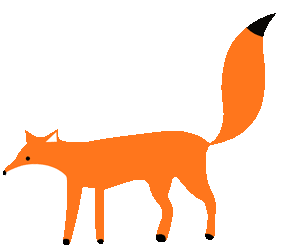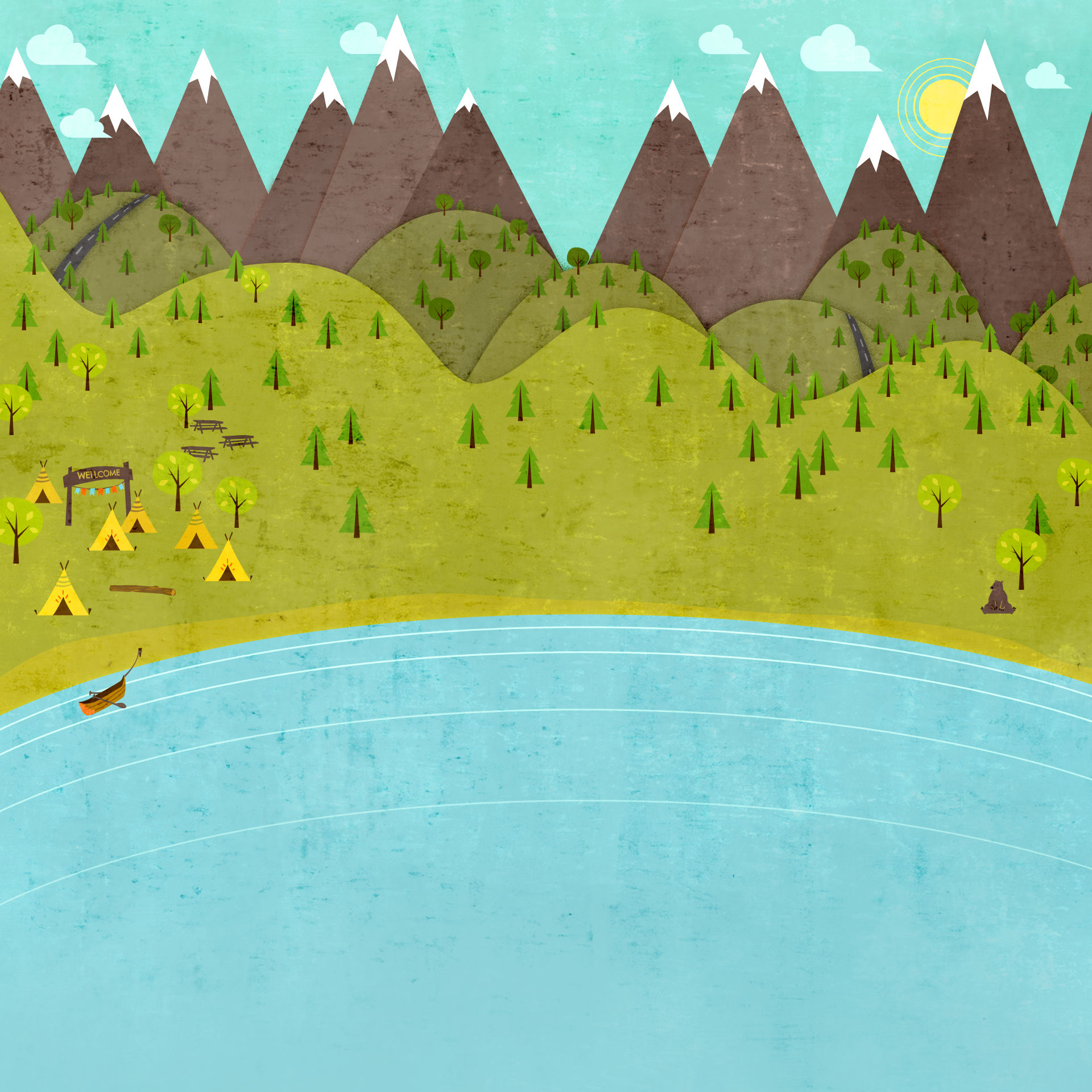
CCKPS PBL
Primary 2
All About Birds



About
Toucans
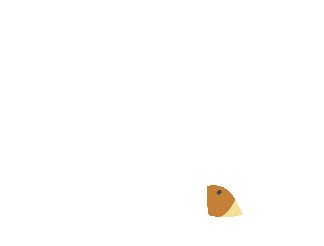

South American Toucan
Measuring 63.5 cm in length, the South American Toucan is the largest of all toucans. Its black body and white throat are overshadowed by its most recognizable trait, a large colorful beak. The bright orange beak is about 19 cm long.
South American Toucan's beak is useful as a feeding tool. The birds use them to reach fruit on branches that are too small to support their weight, and also to peel the skin of the fruit.They also eat insects and, sometimes young birds, eggs, or lizards.
Although they spend a lot of time in trees, they are not very good at flying. Toucans mainly travel among trees by hopping. When they do fly, they flap their wings vigorously and glide, traveling only short distances.
Toucans nest in the hollows of trees. Several toucans live together in a single hollow. It is in these hollows that they lay their eggs, about two to four a year. Both parents incubate the eggs for 16-20 days. Once the chicks hatch, both parents continue to care for the young.
They are found in South America.They inhabit a range of habitats including tropical forests, savannas, and shrubland.

